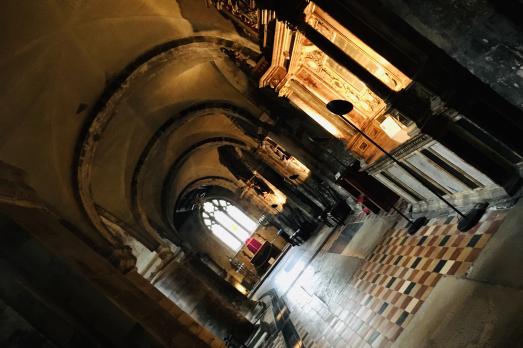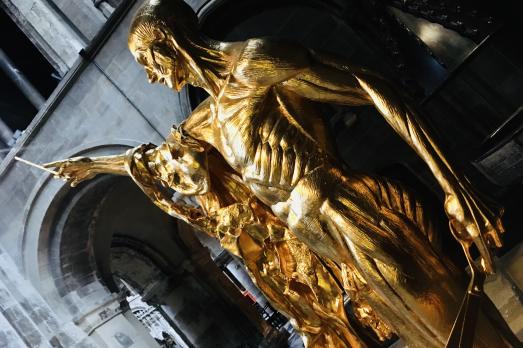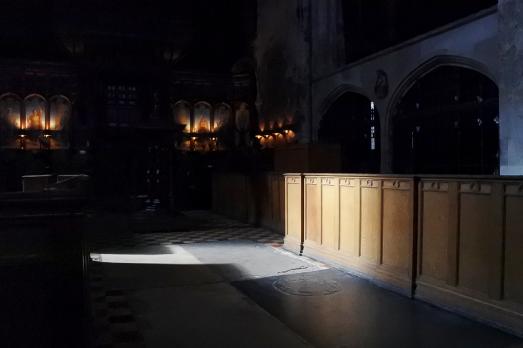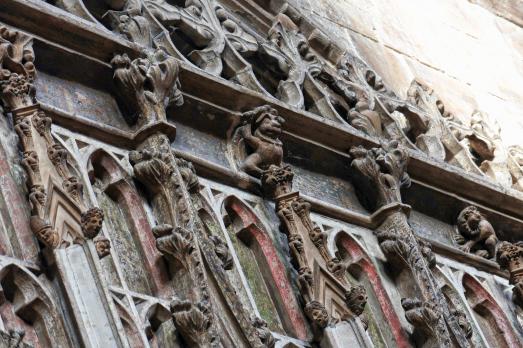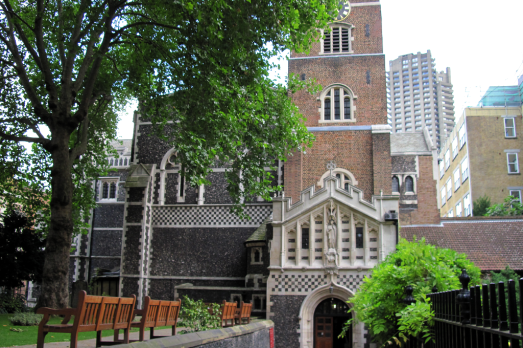The priory church was founded in AD1123 as part of a monastery of Augustinian Canons. The priory was dissolved in 1539 and the nave of the church was demolished. Under Queen Mary, there was briefly a house of Dominican friars here, before it reverted to being a parish church under Queen Elizabeth I. Various parts of the building were damaged or destroyed through the centuries until restoration began in the 19th century and continued into the 20th century.
St Bartholomew's was established by Prior Rahere a courtier and favourite of King Henry I. In Rome, like many pilgrims, he fell ill. As he lay delirious he prayed for his life vowing that, if he survived, he would set up a hospital for the poor in London. His prayers were answered and he recovered. As he turned for home the vision of Saint Bartholomew appeared to him and said ‘I am Bartholomew who have come to help thee in thy straights. I have chosen a spot in a suburb of London at Smithfield where, in my name, thou shalt found a church.’ A suburb meant outside the walls of the city.
True to his word Rahere set up both a church, a priory of Augustinian canons, and the hospital. He lived to see their completion and served as both prior of the priory and master of the hospital. It is possible that he was nursed at Barts before his death in 1145. His tomb lies in the church.
The Norman chancel and apse survive from Rahere's church, a remarkable reminder of the medieval period, incorporating some of the best Norman architecture in Greater London. The chancel arcade rises to a triforium and clerestorey, creating a beautiful, flowing example of the Romanesque style beloved by the Normans.
Bartholomew was one of the Twelve Apostles. He is reputed to have brought Christianity to Armenia where tradition states that he was later flayed alive and crucified head down. There are numerous reliquaries in the museums and churches of Europe said to contain some portion of his body.


